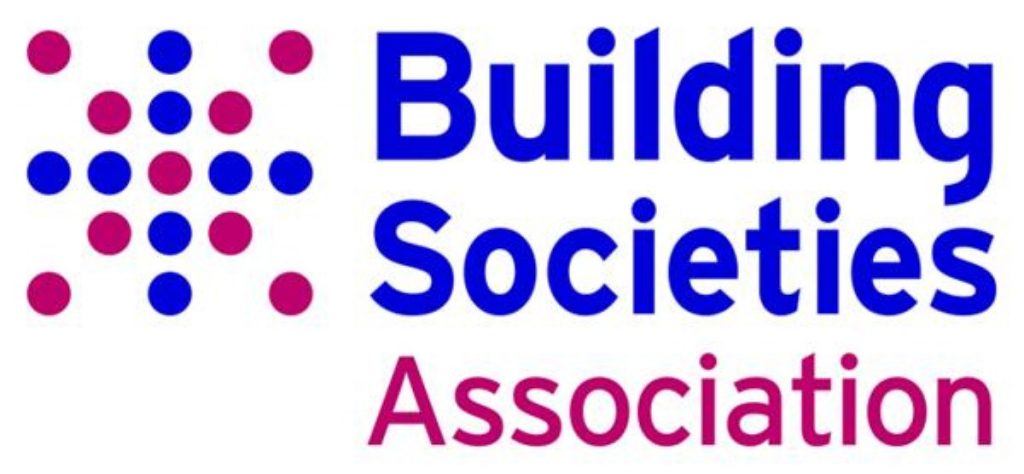BSA: UK property market is not ‘overheating’, though buying conditions are improving
Just two per cent of consumers fear that the housing market is overheating, the BSA’s Property Tracker report has revealed, but distinct signs of life are emerging.
When asked what one word they would use to describe the housing market now, one in five people said ‘recovering’. A further fifth said that the market is ‘stable’ and just one per cent describe the current market as ‘crashing’ – all strong indications that market sentiment has improved.
The majority of consumers (just over 60 per cent) now believe that house prices will rise in the coming year, the highest proportion since the Property Tracker survey began in 2008. In addition, the major perceived barriers to property purchase have declined, the most notable being access to mortgage finance, now seen as a barrier by 39 per cent of people, down from 46 per cent three months ago, and 60 per cent in 2011.
This wider availability of mortgages for first time buyers with smaller deposits is starting to make a difference and in the first seven months of the year a quarter of all mutual lending was to those with a deposit of ten per cent or less. Government schemes such as Funding for Lending (FLS), Help to Buy: equity loan and the resultant positive media coverage about the housing market may have also filtered through, helping to reduce the perception of these factors as barriers to home ownership.
Commenting on the results, Adrian Coles, Director-General of the BSA, said:
“Signs of recovery in the market have been much discussed over the summer and these Property Tracker results confirm an improved outlook. We are however, still clearly in recovery mode; and the cautious words of those who have been sounding warnings about a market already at risk of overheating need to be listened to, but it would be wrong to take any steps at this point that might damage the recovery in its early stages.
“In our last report in June 2013 we warned against the risk of a housing bubble if a clearly defined exit strategy to the Help to Buy scheme is not implemented by Government. Work continues to progress on the details of Help to Buy: mortgage guarantee for launch in January 2014 and whilst the original imperative for it may now have been reduced, it will clearly still aid some aspiring homeowners when it is introduced next January.
“At the moment, sentiment across the UK, particularly in markets outside London, is increasingly positive, but still cautious. I have no doubt that the high profile of Help to Buy: equity loan and the wider availability of 90 and 95 per cent mortgages have helped to improve consumer confidence. July figures from the Bank of England showed that mortgage lending from the mutual sector was at its highest level since January 2010 with a third of this lending to first time buyers. The hope is that the mix of consumer sentiment, additional house-building, mortgage availability and Government intervention will lead to an improved but stable market.”
-Ends-
Press contacts
Hilary McVitty,
Head of External Affairs
07507 837 326
Victoria Bamber
Press and Publications Officer
020 7520 5927
Notes for Editors
1. Property Tracker Report – September 2013
2. The Government’s Help To Buy initiative has two distinct schemes within it:
Help to Buy: equity loan – from 1 April 2013 the First Buy scheme was extended and renamed Help to Buy: equity loan. The scheme provides an equity loan to borrowers’ worth up to 20% of the value of a new build home. This loan will be interest-free for the first five years and repayable within 25 years or when the home is sold. The maximum property is £600,000. The scheme is available to all buyers, not just first time buyers and is scheduled to run for three year and provide support for up to 74,000 home buyers.
Help to Buy: mortgage guarantee – planned launch in January 2014 and built around a new state-backed mortgage guarantee with the aim of increasing high loan to value lending on new and existing properties to creditworthy consumers. Full scheme rules are expected to be published shortly.
3. To read the press release ‘Mortgage lending by mutuals highest since January 2010’, click here.
4. The Building Societies Association (BSA) represents mutual lenders and deposit takers in the UK, including all 45 building societies. Mutual lenders and deposit takers have total assets of over £375 billion and, together with their subsidiaries, hold residential mortgages of £245 billion, 20% of the total outstanding in the UK. They hold more than £250 billion of retail deposits, accounting for 22% of all such deposits in the UK. Mutual deposit takers account for 31% of cash ISA balances. They employ approximately 50,000 full and part-time staff and operate through approximately 2,000 branches.
5. The Property Tracker survey is conducted quarterly by Canadean Consumer for the Building Societies Association (BSA). Figures prior to June 2012 are from YouGov Plc. Total sample size September 2013 was 2,000 adults. Fieldwork was undertaken on 30 August – 1 September 2013. The survey was carried out online. The figures have been weighted and are representative of all GB adults (aged 18+).
6. These averages are medians calculated by the BSA from Canadean Consumer data, excluding those that replied "don't know" and assuming responses are evenly distributed through each range of price changes that could be chosen.
7. The proportion agreeing includes those who agree strongly and those who tend to agree, while the proportion disagreeing includes those who disagree strongly and those who tend to disagree. Excludes respondents who answered 'don't know' so percentages do not sum to one hundred.
8. Photographs of Adrian Coles are available from the BSA press office, or from the Association's website at www.bsa.org.uk or Headlinemoney www.headlinemoney.co.uk.





-01.png)